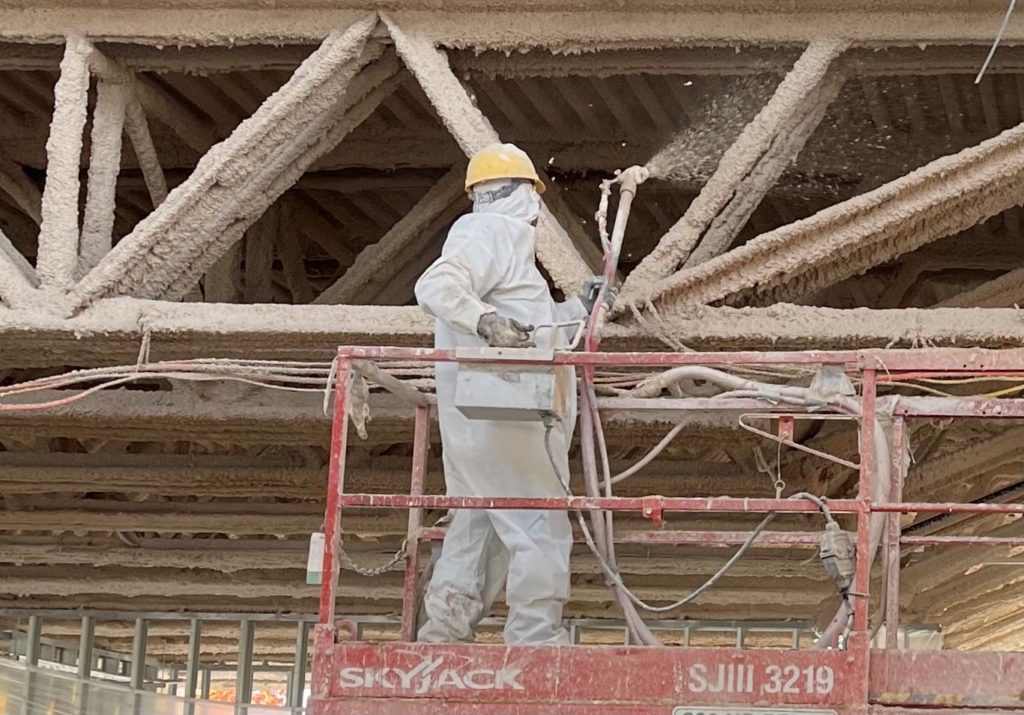In the realm of construction and building safety, two critical terms often come into play: fireproofing and insulation. While both concepts involve enhancing the safety and efficiency of structures, they serve distinct purposes. Understanding the differences between fireproofing and insulation is crucial for architects, engineers, and anyone involved in the construction industry. In this article, we will delve into the nuances of fireproofing and insulation, exploring their unique characteristics, applications, and the benefits they offer.
- Fireproofing: Protecting Against the Flames
Fireproofing is a specialized technique employed to enhance the fire resistance of structures. It involves the application of materials or systems that can withstand high temperatures and prevent the spread of flames. Fireproofing serves as a vital safeguard, providing valuable time for evacuation and minimizing property damage during a fire incident.
1.1 Passive Fireproofing:
Passive fireproofing involves the use of fire-resistant materials, such as gypsum boards, intumescent coatings, and fire-resistant sprays. These materials are applied to structural elements like walls, columns, and beams to delay the onset of structural failure and maintain the integrity of the building during a fire. Passive fireproofing acts as a barrier, protecting the underlying structure from the heat and flames.
1.2 Active Fireproofing:
Active fireproofing, on the other hand, employs fire suppression systems, such as sprinklers, fire extinguishers, and fire alarms. These systems detect and suppress fires, limiting their spread and providing immediate response to mitigate potential hazards. Active fireproofing complements passive fireproofing measures, ensuring a comprehensive fire safety strategy.
- Insulation: Controlling Heat Transfer
Insulation primarily focuses on controlling heat transfer within a building, improving energy efficiency, and maintaining a comfortable indoor environment. It involves the use of materials that resist the flow of heat, preventing its loss or gain through walls, roofs, and floors. Insulation plays a crucial role in reducing energy consumption, enhancing thermal comfort, and minimizing environmental impact.
2.1 Thermal Insulation:
Thermal insulation materials, such as fiberglass, mineral wool, and foam boards, are commonly used to impede heat transfer. By reducing heat flow, insulation helps maintain stable indoor temperatures, reducing the need for excessive heating or cooling. This, in turn, leads to energy savings and a reduced carbon footprint.
2.2 Acoustic Insulation:
In addition to thermal insulation, buildings often require acoustic insulation to minimize sound transmission between spaces. Acoustic insulation materials, such as sound-absorbing panels and resilient channels, help dampen noise and create a more peaceful and comfortable environment. Acoustic insulation is particularly important in commercial buildings, residential complexes, and areas near transportation hubs.
Conclusion:
While fireproofing and insulation share the common goal of enhancing building safety, they serve distinct purposes. Fireproofing focuses on protecting structures from fire hazards, employing passive and active measures to prevent the spread of flames. On the other hand, insulation primarily aims to control heat transfer and improve energy efficiency, ensuring comfortable indoor environments. By understanding the differences between fireproofing and insulation, construction professionals can implement appropriate strategies to enhance both safety and sustainability in building design and construction.





More Stories
How Fiberglass Mesh Tape Improves Wall Joint Strength and Durability
The Versatility of Fiberglass Woven Cloth in Industrial Applications
Why Adjustable Plastic Pedestals Are the Ideal Solution for Modern Raised Floor Installations